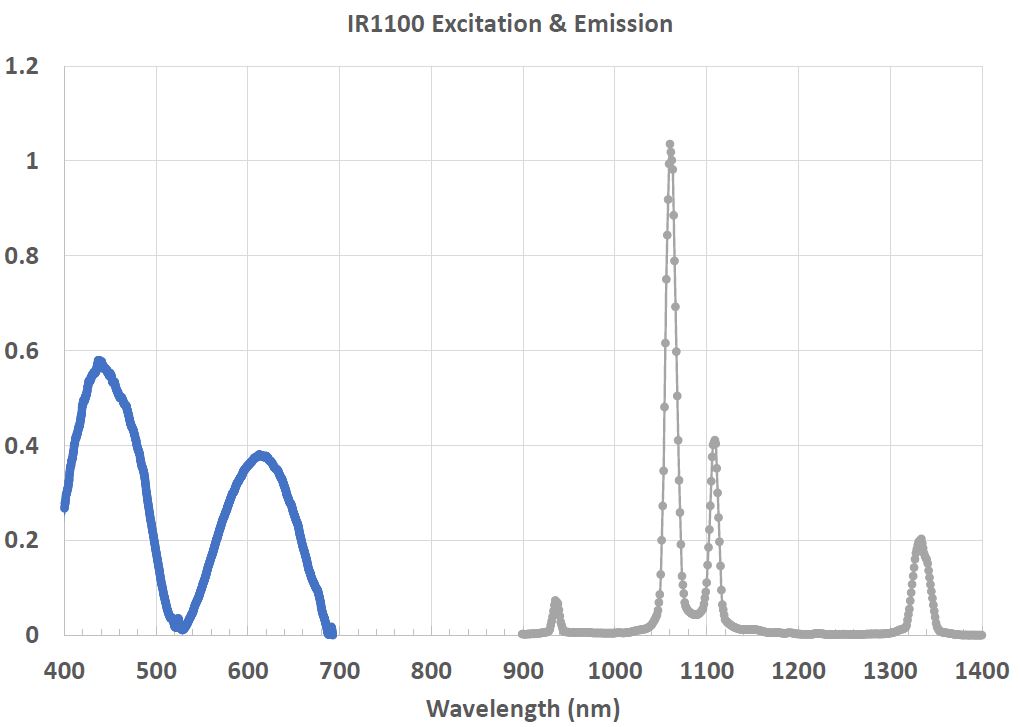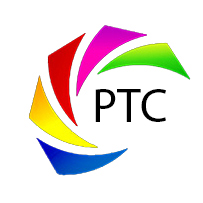The term “infrared phosphor” used to traditionally refer to up-conversion materials that can emit visible light when exposed to infrared. However, with the advancements in solid-state lighting (LED) technologies, a new category of down-conversion infrared phosphors have emerged. Infrared down-conversion phosphors are increasingly being used in phosphor-converted LEDs (pcLEDs) to generate near-infrared (NIR) and short-wave infrared (SWIR) energies.
Different wavelengths of infrared light serve different purposes. Conventional laser sources have been used for fiber optic communications at wavelengths of 1310nm, 1550nm, and 1625nm. IR lasers, however, produce a coherent light that is not generally suitable for everyday lighting. Phosphor-converted IR lasers (or pcLEDs) can be made non-coherent and can also be designed to deliver narrow-band, broadband, or multi-band light. This approach helps to significantly expand the available spectral range or colors of conventional LEDs and laser sources.
Using visible, infrared and near-infrared phosphors, a pcLED lamp can even deliver high quality white light comparable to sunlight with high color rendition (CRI>90) and a wide range of correlated color temperatures (CCTs). And just like sunlight, the pcLED can include about 50% of invisible infrared radiation. The non-visible light can be customized to be in the NIR and/or SWIR parts of the electromagnetic spectrum, using various IR phosphor materials.

An example of a down-conversion IR phosphor that can convert visible (blue/red) light into the infrared
